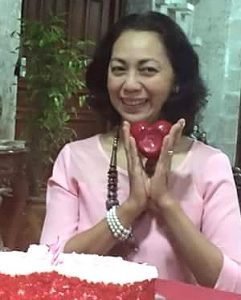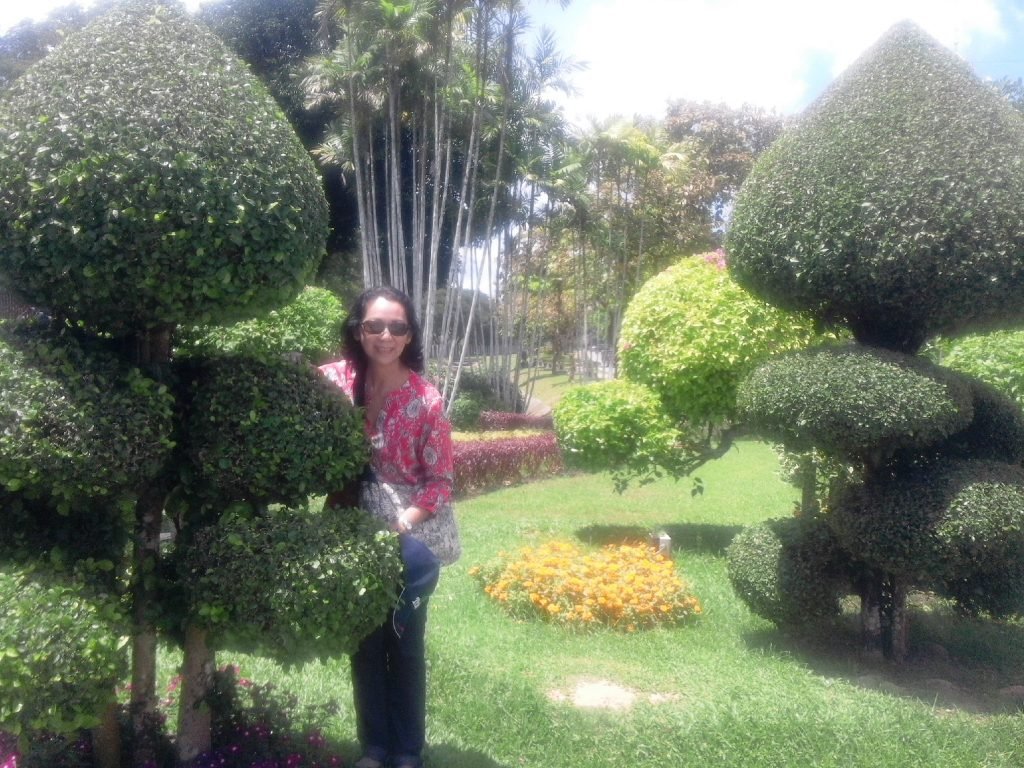
Yes, Brunei is oil-rich enabling its royal family to share the blessings of the land to its citizens. At BND 0.31/ liter for diesel fuel, and BND 0.53/liter for gasoline, people living in Brunei can enjoy cushy car rides all around. In a previous article, I inferred how disproportionate the ratio of cars to people are (417,000 inhabitants; about 2,000,000 cars). Imagine the impact this makes on the environment, yet, the many woodlands in the country are bound to absorb carbon emissions. In fact, Brunei Darussalam advertises itself as “The Green Heart of Borneo”.
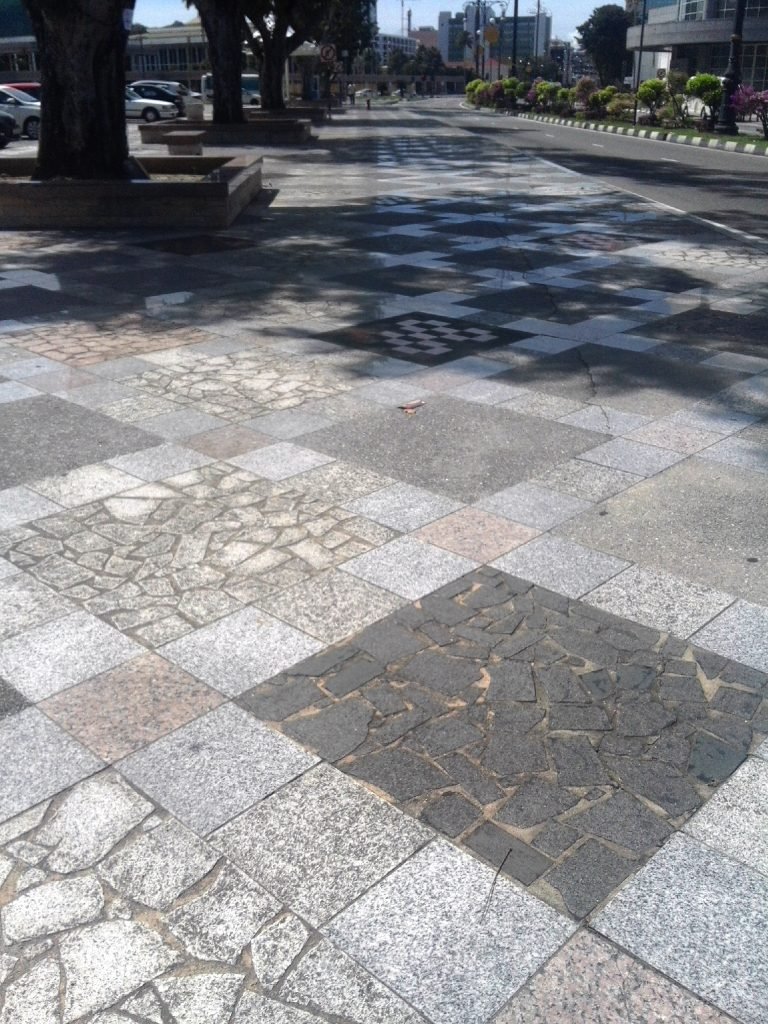
As I went around the capital of Bandar Seri Begawan in Ar. Nonoy Hautea’s car, it was a surprise to see landscaped public spaces and lush mountainsides. The car was untinted as all cars in Brunei are (better to see you, my dear) which a Brunei resident wouldn’t mind because the environment is a sight for sore eyes. Because of the greens, stress levels of the citizens are down. The greenery along the way just emphasizes the well-maintained infrastructure from granite pavements to smooth highways to quirky British-influenced roundabouts. Brightly-hued orchids grow undisturbed in the islands which speak of the locals’ respect for public property.
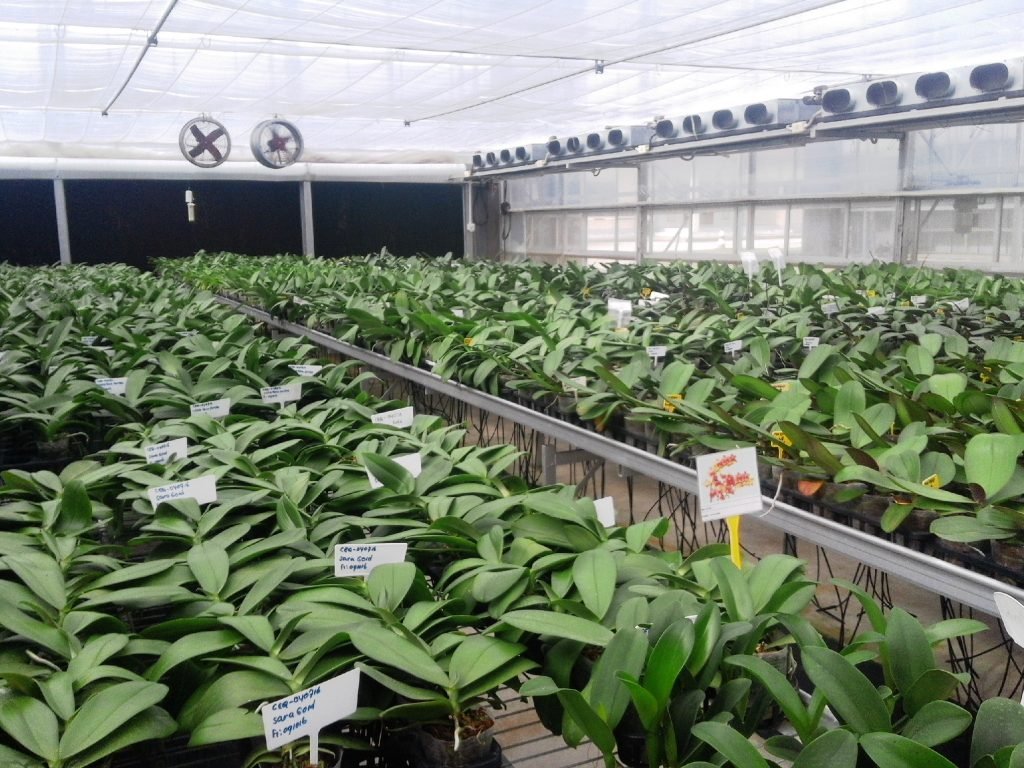
One can arrange for tours with local travel agencies to nature-rich destinations such as the Brunei Proboscis Monkey Tour, diving tours, Fishing Village Tour, the Ulu Temburong National Park, Rainforest Resort, or have a river cruise and visit the Kampong Ayer. Wildlife still inhabit the forests freely that monkeys and monitor lizards can be seen crossing the roads, or one can be greeted by a snake while walking on the side of a street. Luckily for me, I have not encountered any snakes.
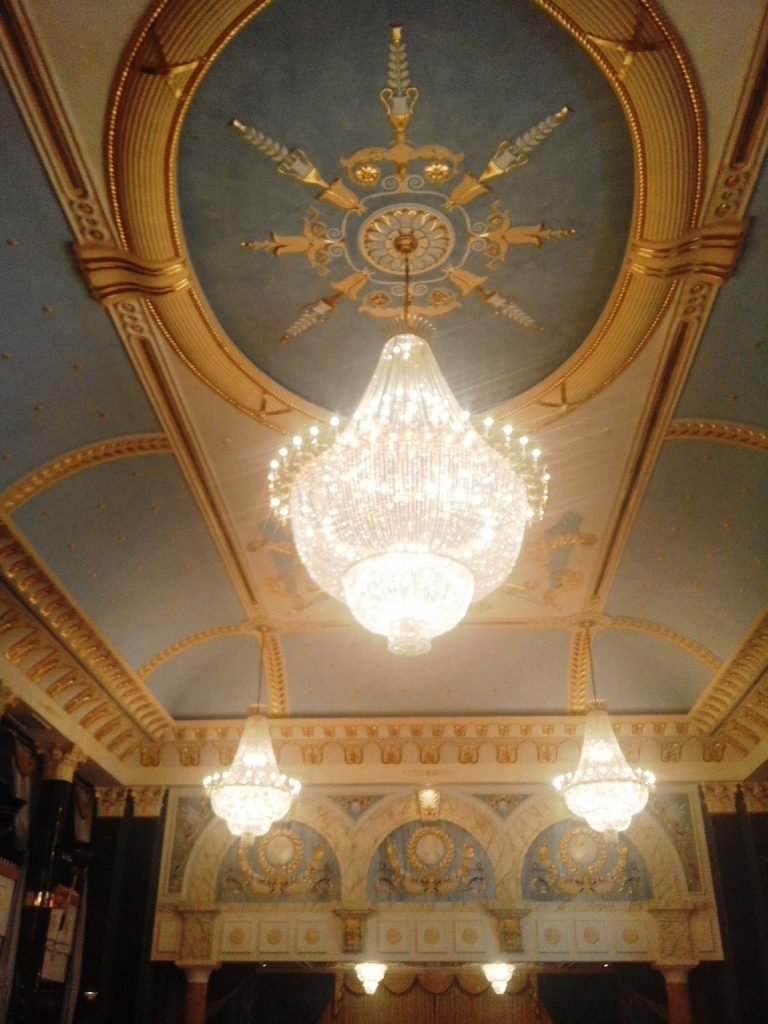
The Kampong Ayer (water village) is worth mentioning. This unique Brunei heritage is visible from the Yayasan SHHB Shopping Complex and the gold-domed mosque Masjid Omar Ali Saifudden. I was told that the kampong has everything its residents need that there are some who had never set foot on the mainland all their lives. A mural in the breathtakingly grand Empire Hotel and Country Club depicts the Sultan’s reception in 1521 of Ferdinand Magellan and his party from the coast of Brunei. Kampong Ayer impressed our explorers so that Magellan’s chronicler Antonio Pigafetta wrote “that city is entirely built in salt water except the houses of the king and certain chiefs.”
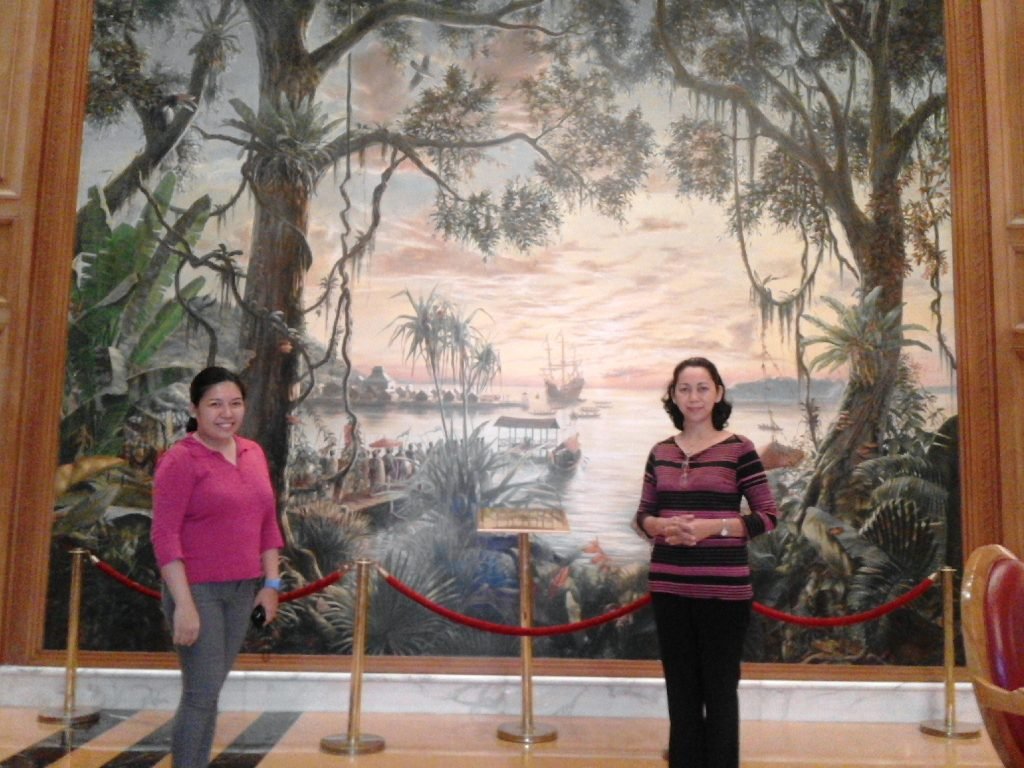
The soft-spoken Senior Landscape Architect of K.N. Nursery (B) SDN. BHD. Bacolodnon Poks Grajo brought us to some greenhouses run by his company. The temperature-controlled structures assure a steady supply of healthy plants that are ordered by both the public and the private sector. Imagine the leaf of the Malabar spinach (that’s alugbati for us) growing to double the size of a man’s palm! Exotic species thrive alongside local plants such as pitcher plants and venus flytraps and find their way to many gardens in this nation.
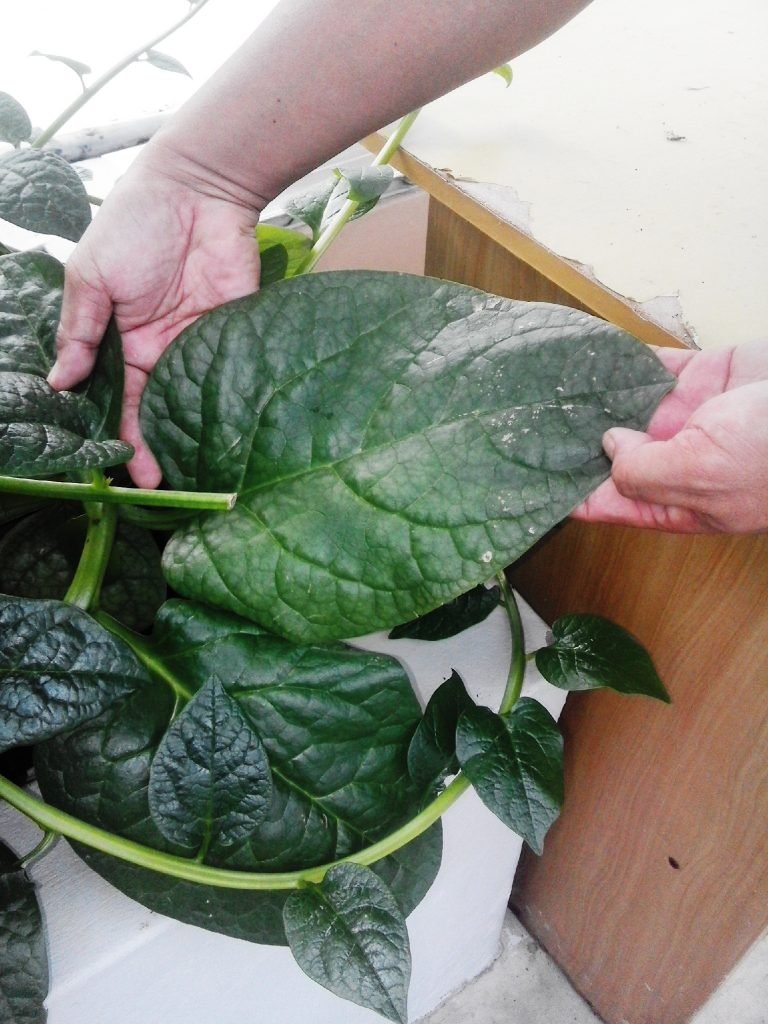
Brunei is blessed with natural gifts as well as beautiful structures. The mosques seem whisked right out of Arabian nights and my favorite is the modest Ash-Shaliheen Mosque with its slim minarets and geometric sand-colored Moorish façade. As I sat by the fountain in the small tiled courtyard, I imagined orange blossoms scenting the air, date palms casting sweet fruit on the ground, and twittering birds bathing themselves in the gurgling fountain waters. Ah, Brunei is beautiful. Mashallah.



